UTV Tire Comparison: ITP Blackwater Vs. Maxxis Bighorn
Picking the right UTV tire for your conditions and driving style isn’t always so easy. Designing a UTV tire that works well for every driver and condition is even harder. A tire that performs well in hard-pack is usually not very good in mud, and vice versa. It’s fine in you are riding in just one condition or the other, but for many of us, the conditions can change rapidly on the trail. The task of developing a UTV tire that works in multiple conditions and maximize the performance of the machine fell on the tire manufacturers. Luckily, two of the biggest companies out there -ITP and Maxxis – were up to the task. The ITP Blackwater and the Maxxis Bighorn are two very popular UTV tires that have taken some very interesting paths to stake the claim of being among the best all-around UTV tires in the industry. How do they stack up against each other? Let’s see.
How Good is the ITP Blackwater?
Originally, the ITP Blackwater was designed for ATVs as a mud tire. This was before machines were as powerful and capable as today’s mud beasts. It was actually a very popular mud tire for Sport ATVs due to its availability in smaller diameter sizes and the flat profile of the tire as a rear-only tire. The name for the tire came from the legendary Blackwater 100 race that was held for many years near Davis, West Virginia. The race was named for the Blackwater River that was part of the course, but it quickly because known for being one of the most insane off-road events in history. Running up and down the steep hills of West Virginia, that had massive amounts of rock, including jagged rocks and slick house-sized boulders was tricky enough. Then you add in huge water crossings that quickly turned into quagmires and the event became something of legend. When ITP released the Blackwater in homage to the now sadly-defunct race, they marketed it as a tough, do-it-all tire that did well in hard-pack, rocks, sand and mud.
As machines evolved, so did the ITP Blackwater tire. The current version, the ITP Blackwater Evolution, is one seriously tough tire. It has an 8-ply carcass, making it a little heavier than some tires. But for that added weight, you get a lot of additional durability. The ITP Blackwater is a radial tire, too, so it rides smoother than a bias tire would. The current tread design and overall construction of the tire is designed for optimal performance with modern UTVs, making it a great choice for machines like the Polaris RZR, Can-Am Defender, Yamaha Wolverine, Honda Pioneer and more.
The original tire had long, jagged bar-type knobs that crossed the tire directionally. This gave the tire great forward traction. The sculpted edges gave it better cornering performance and the wide spacing between tread blocks cleaned well for mud use. The new ITP Blackwater Evolution uses asymmetrical triangular tread blocks that wrap around the sidewalls. This gives the tire exceptional hookup for UTVs and the scooped design of the tread hooks up in mud and sand, while the tire is tough enough for rocks and hard-pack terrain. Just be aware that this is a stiffer tire than your stock ones, so the ride may take a little tweaking and getting used to.
Shop for Blackwater Evolution Tires
What Makes the Maxxis Bighorn So Popular?
The original Maxxis Bighorn Radial tire took the idea first marketed in the ITP Blackwater, with large tread blocks jotting back and forth across the tire carcass. Maxxis added knobs in a pattern between the bar-style tread, and that gave the Bighorn some serious bite. Maxxis added wraparound lugs on the edge with additional tread on the sidewall to give the tire better bite for pulling out of ruts. The Bighorn is a 6-ply tire, but don’t think that means it’s not tough. This tire is legendary for its durability. Stories of racers using them to run the Baja 1000 race and having the tire still be in good enough shape to continue are not uncommon.
Maxxis doesn’t really classify the Bighorn as a mud tire. While it did fine in those conditions, the tire was first thought of as a desert, rock and hard-pack terrain tire, that was also rated for soft and intermediate use. One drawback to the Original Bighorn is the weight. The thick tread blocks make it a heavier tire. A new design, the Maxxis Bighorn 2.0, came out with significant weight savings. Maxxis shaved weight by making the tread blocks narrower. It keeps most of the manners of the original, including the durability and overall toughness the Bighorn is well known for. With that added performance advantage, several UTV manufacturers run the Bighorn 2.0 as the stock tire. All of the major OEMs have at least one model of UTV that comes stock with Bighorn 2.0 tires. That says a lot about the tire.
The newest version of the Bighorn, the aptly named Bighorn 3.0, is an all-new tire that is based off the original tread pattern of the Bighorn, but more asymmetrical knobs and a strong center contact patch. It is rated as an all-terrain UTV tire and comes with a 6-ply carcass. Does the Bighorn 3.0 measure up to the durability standards of its namesake tires? Of course it does. Its tread pattern, especially in the center areas, is closer to the ITP Blackwater Evolution in style. They are not copies of each other, by any means, but they do show the direction the designer are heading.
Shop for Maxxis Bighorn 3.0 Tires
Which Tire Should I Put On My UTV?
That’s a good question and one only you can answer. Each tire has some great qualities that makes it a great choice. Both tires are rated as all-terrain tires, and will work well for a wide range of conditions and driving styles. If you’re hitting more muddy terrain than hard pack, you will probably like the ITP Blackwater more. If you hit a wider variety of terrain on a regular basis, the Bighorn is hard to beat.
Is the ITP Blackwater Good for Mud?
One thing that is quite different between the ITP Blackwater Evolution and the Maxxis Bighorn is the profile of the rear tires. The rear Bighorn tires have a flatter lug profile that creates a bigger contact patch for hard pack terrain and gives the tire good floatation for sand and loose conditions.
The ITP Blackwater Evolution tire has a more rounded profile. This puts the large, blocky, center tread sections into the contact patch. While on hard-packed terrain this might seem like a disadvantage, with the ITP Blackwater, it works out ok because of the design of the center tread. In muddy terrain, the rounded profile and large irregular knobs do very well, digging in and helping you pull out of ruts. Being an 8-ply tire, you should know that it is fairly stiff. Many users lower the tire pressure down a little extra to compensate, especially when driving in rocky conditions. Just be aware of pinch flats that might occur, even with the 8-ply construction.
We are committed to finding, researching, and recommending the best products. We earn commissions from purchases you make using the retail links in our product reviews. Learn more about how this works.
Derrek's love for all things ATV started when he was a mere 11 years old, growing up on his family farm. His mom gave him and his sister a choice - get a horse, or a three-wheeler. The sister wanted the horse, and Derrek wanted the ATV. Luckily he won out, and was soon burning up the trails on a Yamaha Tri-Moto 200. By the time he was 14, he had saved enough of his own money by working on the farm and in his folks restaurant to buy a new 4-wheeler. That happened the day he and his mom were driving past the dealership and saw 1987 Banshee. His mom had no idea what he was buying, and he never looked back. He's been riding ever since, and been writing professionally for many years. He has ridden all over North America and been behind the controls of just about every machine out there. And yes, he still has his 1987 Yamaha Banshee.
More by Derrek Sigler



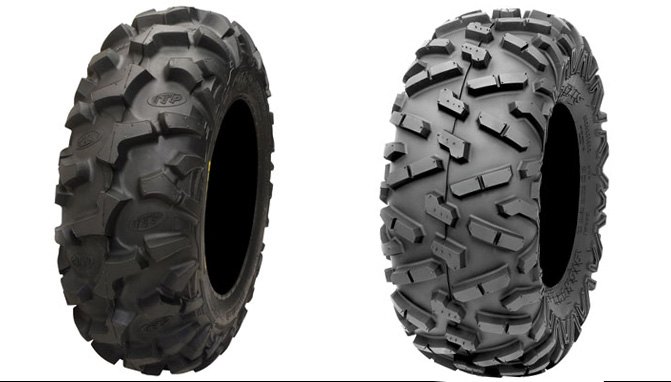




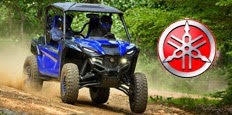






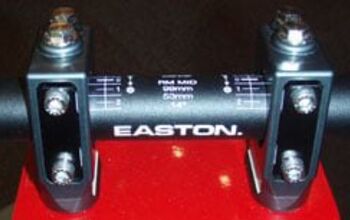
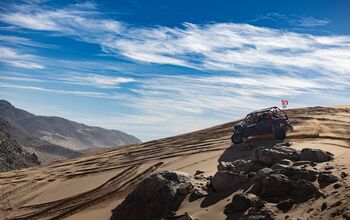
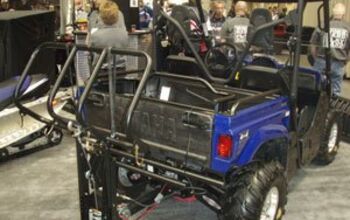
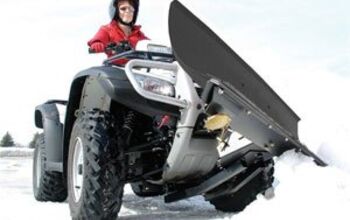
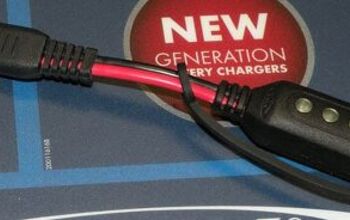

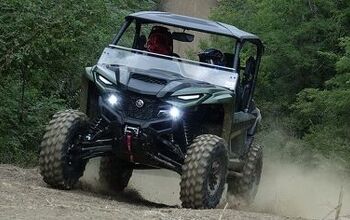
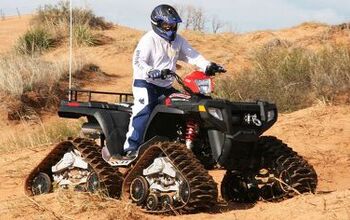
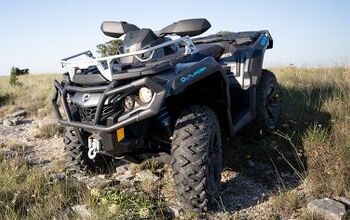
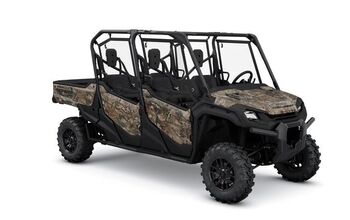
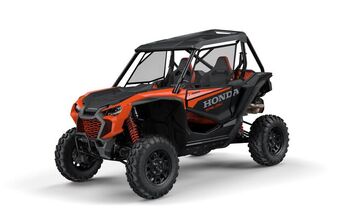
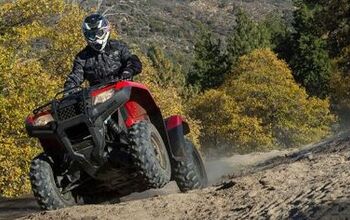
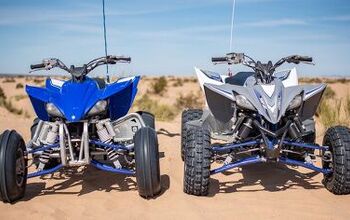
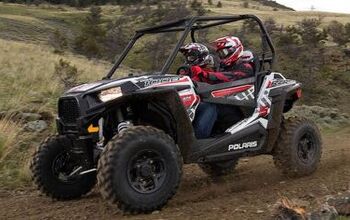
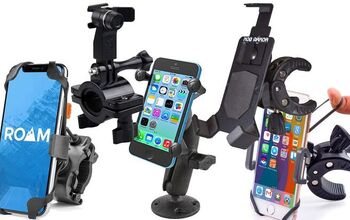
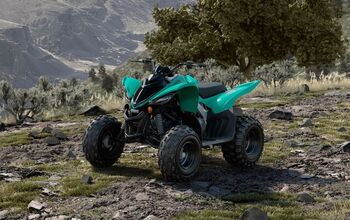
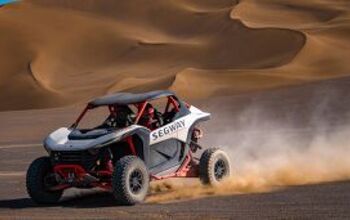
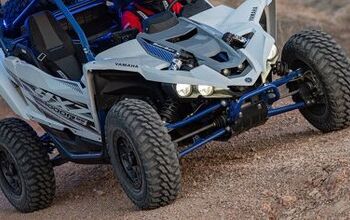
Comments
Join the conversation